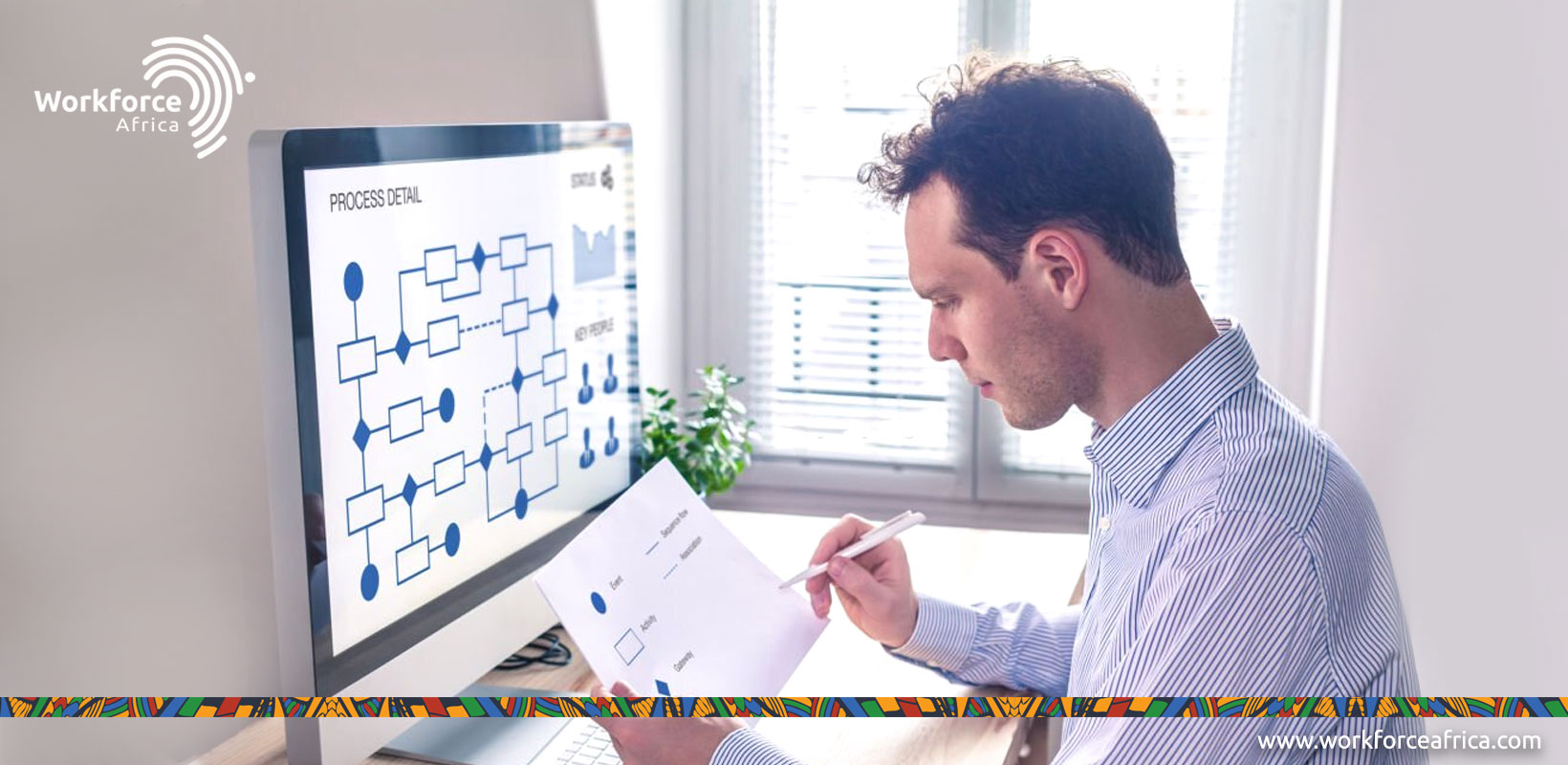As technology continues to advance and cloud-based techs for HR offer all-in-one human capital management solutions that are both easy to install and implement, there are talks in some corners that soon technology might dominate the world of HR.
But can software really eliminate the need for HR professionals? The obvious answer is NO!
While employee self-service tools are a godsend for most human resource professionals, technology can never replace the human element of HR that shapes the company culture.
No matter how sophisticated tech gets, it can neither develop a conducive environment for employees built on EQ nor can it work hand in hand with company leaders to meet business goals and ensure employees have the training and support they need to thrive.
What’s more, as sophisticated as new technology offerings are, they still require human expertise to operate them.
Recommended Post: 3 Ways Strategic HR Leaders Add Value to the C-Suite
HR Functions that Can Run on Autopilot

Technology is the friend of the HR administrator. When it comes to the tactical aspects of human resources, for instance, an online time tracking system that ties to your payroll, HR tech can save significant time and improve accuracy over manual tracking and handwritten reports.
Cloud-based HR software can automate formerly time-consuming tasks, including:
- Benefits administration and management
- Securely storing and organising employee data
- Self-service time tracking
- Creating workflows and tracking approvals
- Tracking employee training for development and compliance
- Gauging and reporting on employee satisfaction
- Performance management and goal tracking
- Pre-boarding, onboarding, and offboarding automation
- Storing of data for compliance
- Ensure your compliance with payroll tax requirements
Questions to Ask Before Settling for an HR Automation Software

Shopping for HR automation software can be an overwhelming process. The market is filled with hundreds of solutions, and many of them specialise in one or two specific aspects of HR but then tag on all kinds of additional functionality.
So, once you’ve decided whether an HR software package delivers the essential functions your business needs and will help drive company goals, use the following questions as a guide to making your final decision:
- What purpose will this software serve for us?
- Who will administer the software? Will they require extra training? If yes, how much? How much training is included in the price?
- Does the software come with human support? Does it come with onboarding support?
- How easy is the software to use for a person who is not a tech expert? How intuitive is it?
- Will this software integrate with other existing software for time and attendance, payroll, or enterprise resource planning (ERP)?
When negotiating with software vendors, be sure to get input from your frontline workers who operate existing systems to help you evaluate any new HR software and its integration requirements.
Your frontline workers are the people who can help you avoid the costly mistake of buying software that ultimately will not “play nice” with your other systems since they know the intricate details of how your existing systems work.
Software Can Never Take the Place of Good Leadership
While the advancements we’ve seen in HR automation technology have indeed allowed for a degree of efficiency that we never thought possible, there’s no substitute for sound HR leadership.
Though HR automation software can facilitate performance management, training, compensation and rewards systems, people analytics, and employee feedback mechanisms.
No software can take the place of an integrative leader who motivates and inspires employees to achieve the organisation’s goals.
As a company scales and goes beyond 25 or more employees, it will naturally become increasingly challenging to keep employees aligned with its goals and strategies.
Even with all the benefits that HR software brings, it cannot manage the complex social interaction required to make businesses successful.
Consequently, because HR requires the ability to optimise people’s potential, strategic HR roles are unlikely to be replaced by technology.
Good Read: How to Present HR Initiatives for Top Management Buy-In






